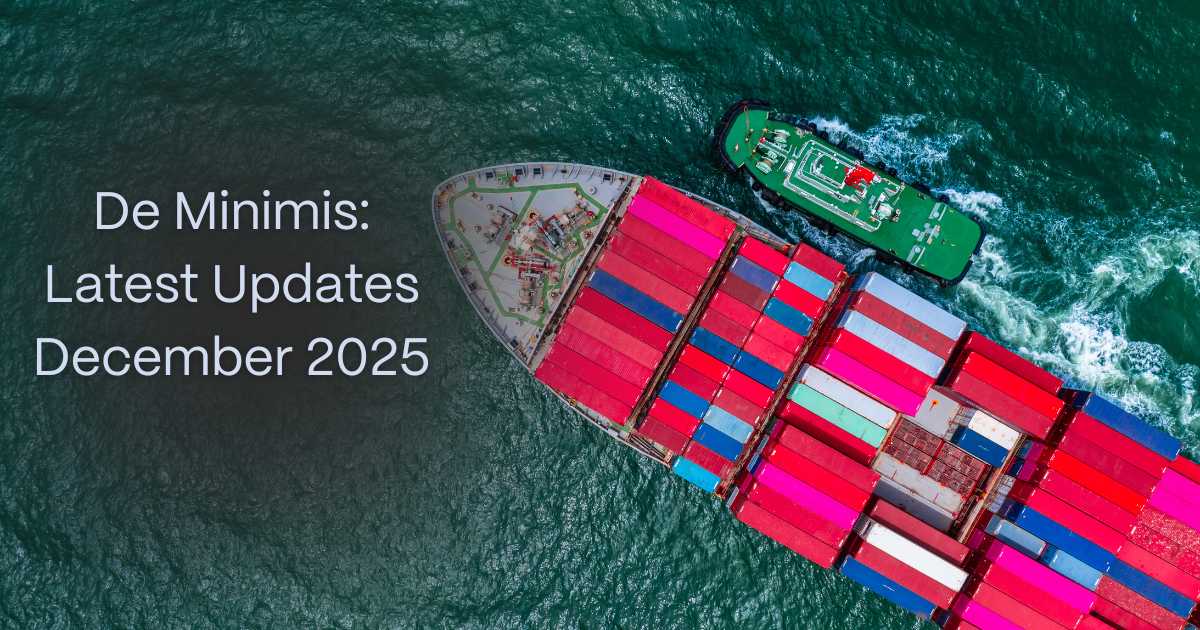The Red Sea lies over 6,397 miles from New York City. That is half a world away, yet this small sea is causing a significant shipping crisis.
The crisis in Red Sea shipping is due to assaults on freight vessels and tankers by Houthi insurgents. Since October 2023, the Houthis have attacked more than 60 vessels. As a result, shipping companies have been rerouting their vessels around South Africa, some 4,000 miles away.
Due to the crisis, the Containerized Freight Index has increased significantly. It is up 32.9% since January 2024 and 137.6% since January 2023. The Containerized Freight Index tracks and analyzes how much it costs to ship goods.

Global Shipping Issue

Over 30% of global container trade goes through the Suez Canal. As these vessels are rerouted over 4,000 miles, it is wreaking havoc on the global shipping industry.
“The lengthening of supplier delivery times acts as an adverse supply shock. The rerouting of ships around Africa’s Cape of Good Hope equates to a roughly 30% increase in transit times and this implies an approximately 9% reduction in effective global container shipping capacity,” said Nora Szentivanyi, a Senior Economist at J.P. Morgan.
While the Red Sea Crisis will impact the Asia-Europe shipping lanes, the impact is global. Shipping costs from China to the US West Coast have increased by 140% since November 2023. This is because transit times have become longer and there is less container space available.
Trading Economics has forecast shipping rates to continue to rise in 2024 and 2025. In fact, they are forecasting the Containerized Freight Index to hit 2,710.9 the week of March 31, 2025. The good news is that the forecast is not close to the week of January 3, 2022 high of 5,109.6!
Peak Season Shipping

With shipping costs expected to continue rising in 2024, what can companies do to reduce costs – especially with peak season shipping coming soon? And what a season we are expecting!
According to Supply Chain Dive, consumer spending will drive an additional 2 million TEUs (twenty-foot equivalent units) into US ports through October 2024. These rising shipping costs will force companies to either take a margin hit or pass the additional costs onto consumers.
“U.S. imports are continuing to increase,” said Jonathan Gold, vice president of supply chain and customs policy at the NRF . “Retailers have adjusted to limits on the use of the Panama Canal and the Red Sea.”
The Red Sea Crisis is expected to last throughout 2024. “We expect the Red Sea diversions to continue for the rest of the year and volumes are coming in stronger than anticipated,” Vincent Clerc, Chief Executive of Danish shipping major A.P. Moller-Maersk, said in an interview with the Wall Street Journal. “All shipping lines have adjusted their networks around Africa more or less permanently.”
While there may not be much that can be done to control the costs increases caused by the Red Sea crisis, companies can look elsewhere in the supply chain to find savings, including with domestic warehousing, fulfillment, and outbound freight costs. 3PL’s can expand a company’s footprint and leverage scale to drive down fulfillment costs.
How Order Fulfillment Providers Can Reduce Supply Chain Costs

Medium and large fulfillment providers can help reduce costs in three main categories:
- Location. Now may be the perfect time to consider working with a 3PLwith multiple, strategic locations throughout the country. Placing your inventory closer to your end customer will reduce outbound costs, while simultaneously shortening delivery times. In most cases, especially for companies shipping direct-to-consumer, outbound shipping costs far exceed inbound freight costs because one container of product coming in equates to hundred or thousands of outbound shipments.
- Aggressive Shipping Rates. Since medium to large order fulfillment companies ship millions of packages a year, they can negotiate volume discounts with shipping carriers. The more packages a 3PL ships, the greater the shipping discount. The 3PLpasses on these lower shipping rates to its clients. By leveraging the right 3PL, a company can reduce their outbound spend by 15% or more in many cases.
- Warehousing and Fulfillment. Whether you are outsourcing your fulfillment or doing it in house, a sophisticated 3PL may be able to shave costs through automation and robotics. Fulfillment providers that have invested in these technologies have enjoyed operational efficiencies that translate into cost savings for their clients. If you’re not benefiting from such advances, talk to a 3PL that has.
Conclusion
With the global shipping crisis expected to last another six to seven months, shipping costs will continue to rise. By outsourcing your order fulfillment to the right provider, you can at least mitigate other costs in the supply chain.
About a2b Fulfillment

a2b has been providing fulfillment services for over 20 years. Since our inception in 2001, we have invested in automation and technology to reduce our clients’ costs while maintaining our strict order and inventory accuracy metrics.
The result of our technology is impressive.
- With our robotics, we have decreased pick time by 90%.
- Our In-line QC Weight Check has maintained an order accuracy rate of over 99.9%.
- Our partner, Packsize, ensures packaging is “right-sized”, so our clients pay for the smallest packaging possible.
- Conveyors with Zone Diverts navigate multiple picking zones, diverting to the precise product location.
- Leveraging an in-line scale, dimension scanner, and print-and-apply system, we ensure every package is shipped accurately.
Order Fulfillment Provider vs Order Fulfillment Partner
Outsourcing order fulfillment can be a cumbersome project. Companies must spend time researching and vetting 3PLs, but that is just the start of the process. Once a provider is selected, the onboarding process can take a month or more.
At a2b, we set you up for success. Our Client Success Team will take the time to walk you through the onboarding process and services. Your assigned Client Success Manager will be there to ensure a smooth and efficient transition.






